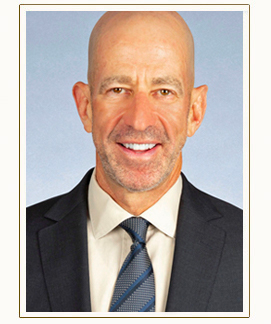Certain forms of life insurance can be used as an investment and estate planning tool as well. Understanding the different options, term life insurance and permanent life insurance, can help to protect your family’s economic security in the event of an unexpected death.
Term life insurance
Term life insurance is pure risk protection, and it is what many families consider to be essential. The premium is paid for a certain term, or number of years, and the death benefit is paid out only if the insured person dies before the term ends. Term life insurance is much less costly than permanent life insurance, for the simple reason that the insurance company expects to only have to pay out the death benefit for about five percent of policies.
Within term life insurance, a common type is guaranteed level premium term life insurance, in which the annual premium remains the same for the entire term of 10, 15, 20 or 30 years. Insurance companies may also offer return premium term life insurance. With this type, some of the premiums paid are returned if the policyholder outlives the term, minus fees that the insurance company retains. This type of term life insurance is more expensive.
Permanent life insurance
With permanent life insurance, there is no fixed term, and the policy is in place for the insured person’s entire life. As long as the premiums are paid, then a death benefit will be paid when the person dies. Because the insurance company knows it must pay out a benefit, the premiums it charges are much higher than for term life insurance.
Permanent life insurance is typically comprised of an insurance portion and a savings or investment portion. The insurance company invests part of the premiums paid, and the policy builds up a cash value on a tax-deferred basis. The policyholder can usually borrow against the cash value.
The basic form of permanent life insurance is known as whole life insurance. A more flexible form is known as universal or adjustable life insurance. With a universal life insurance policy, one may choose to pay premiums at different times and increase the death benefit. One may also select a fixed death benefit, or an increasing amount equal to the face value of the policy plus the cash value amount.
Learn more about our services by visiting www.elderlawnewyork.com.
Was this article of interest to you? If so, please LIKE our Facebook Page by clicking here.
Tags: elder care, elder law, estate planning, life insurance, life insurance options, Long Term Care





